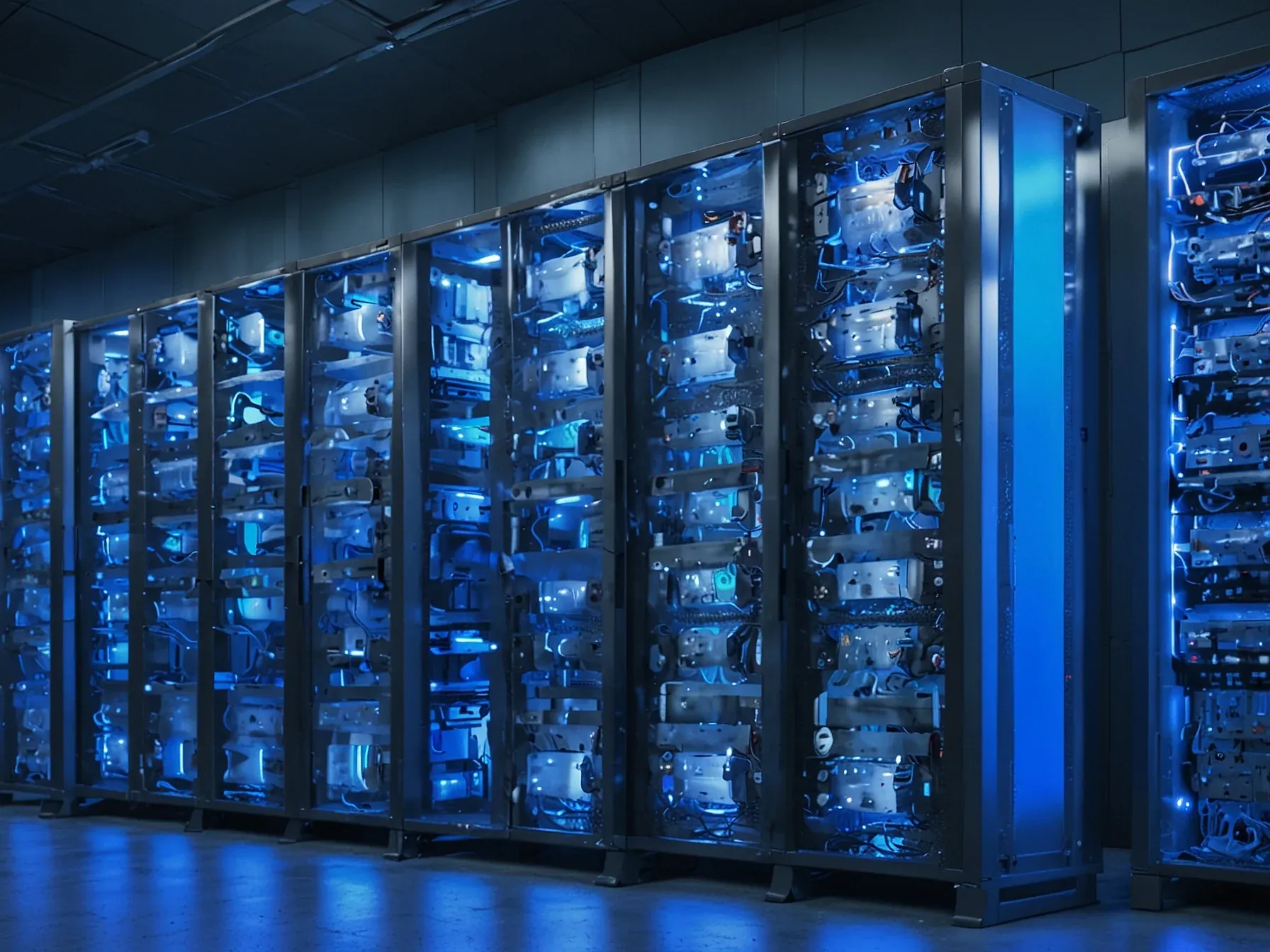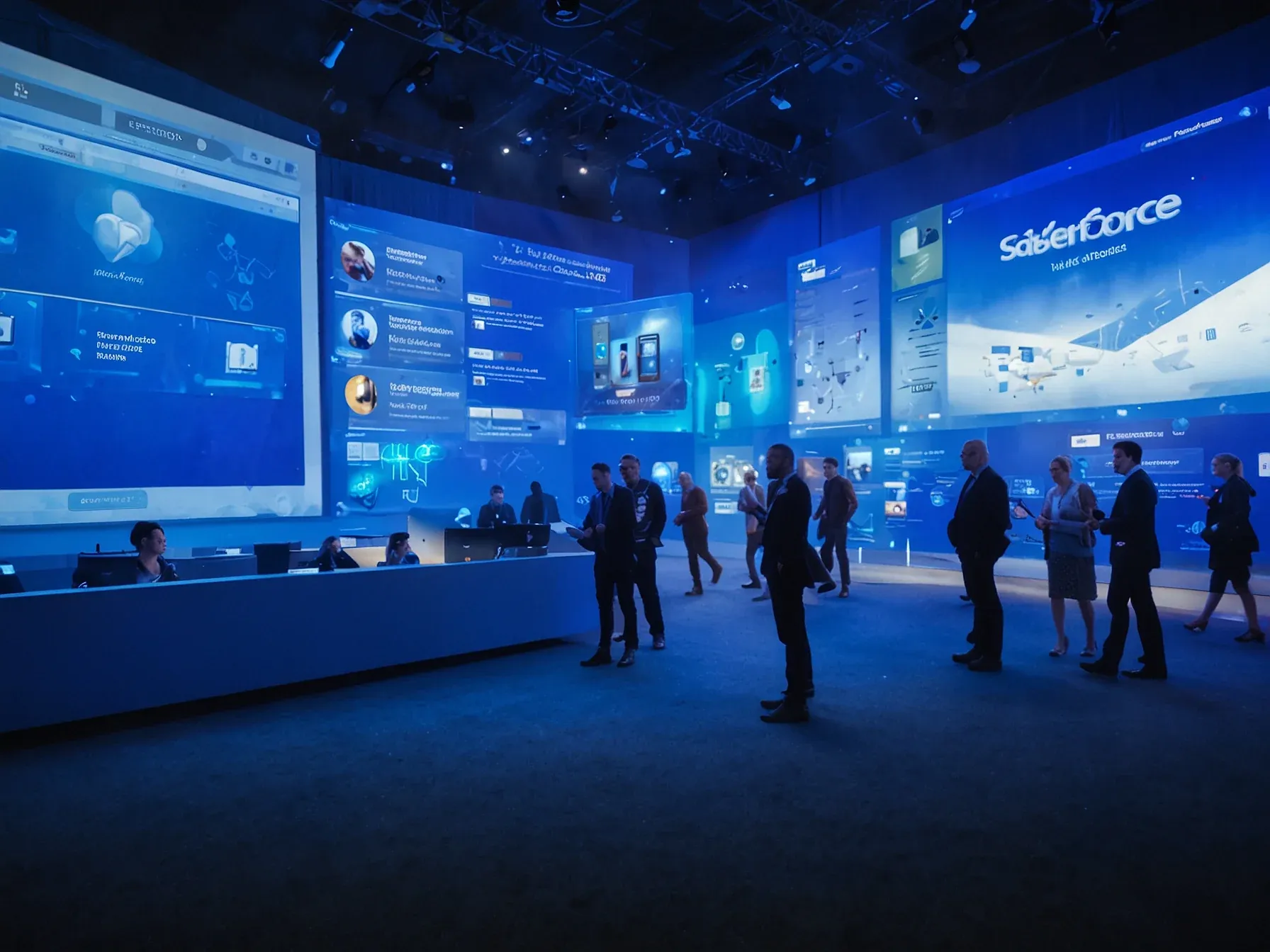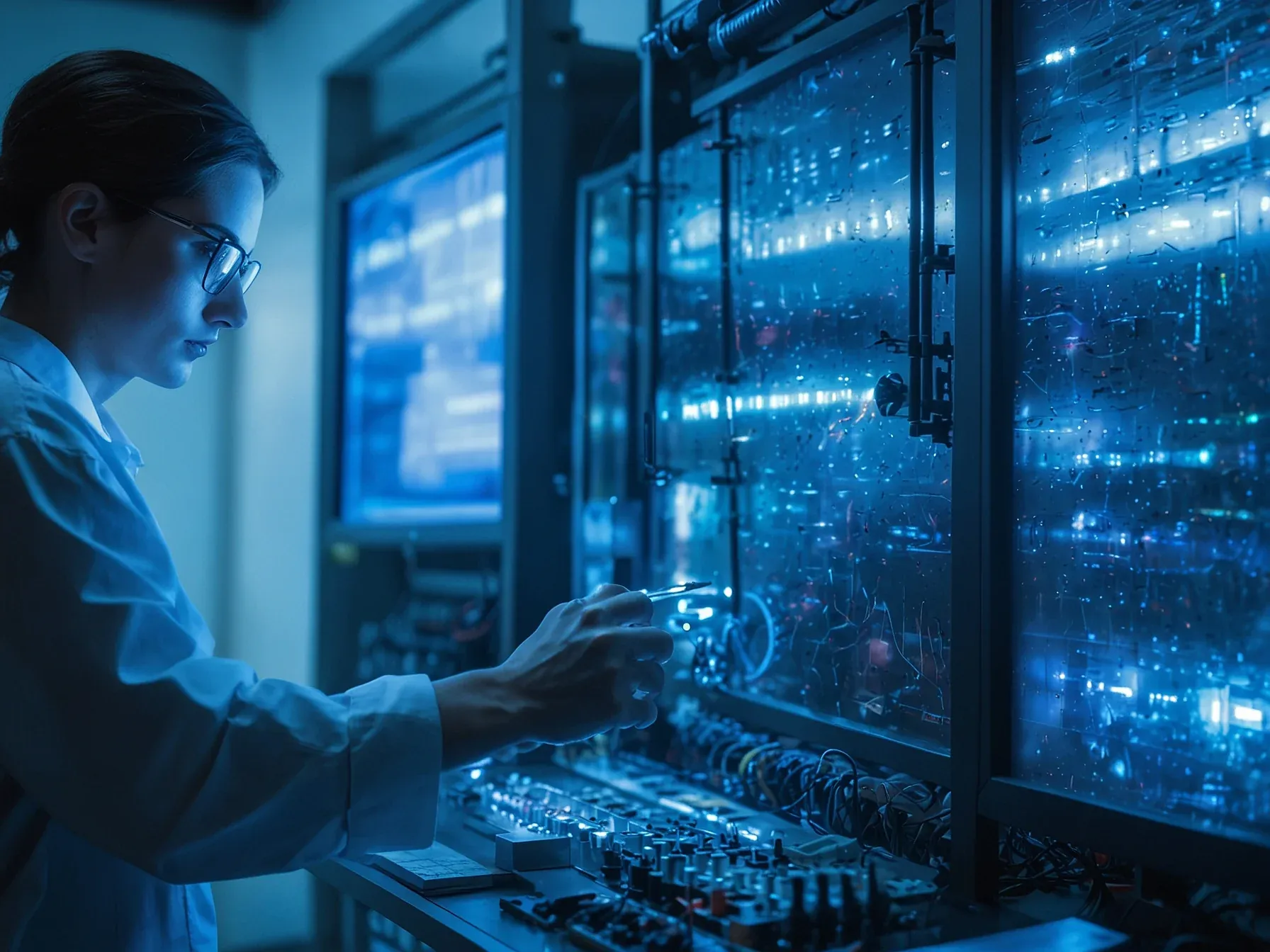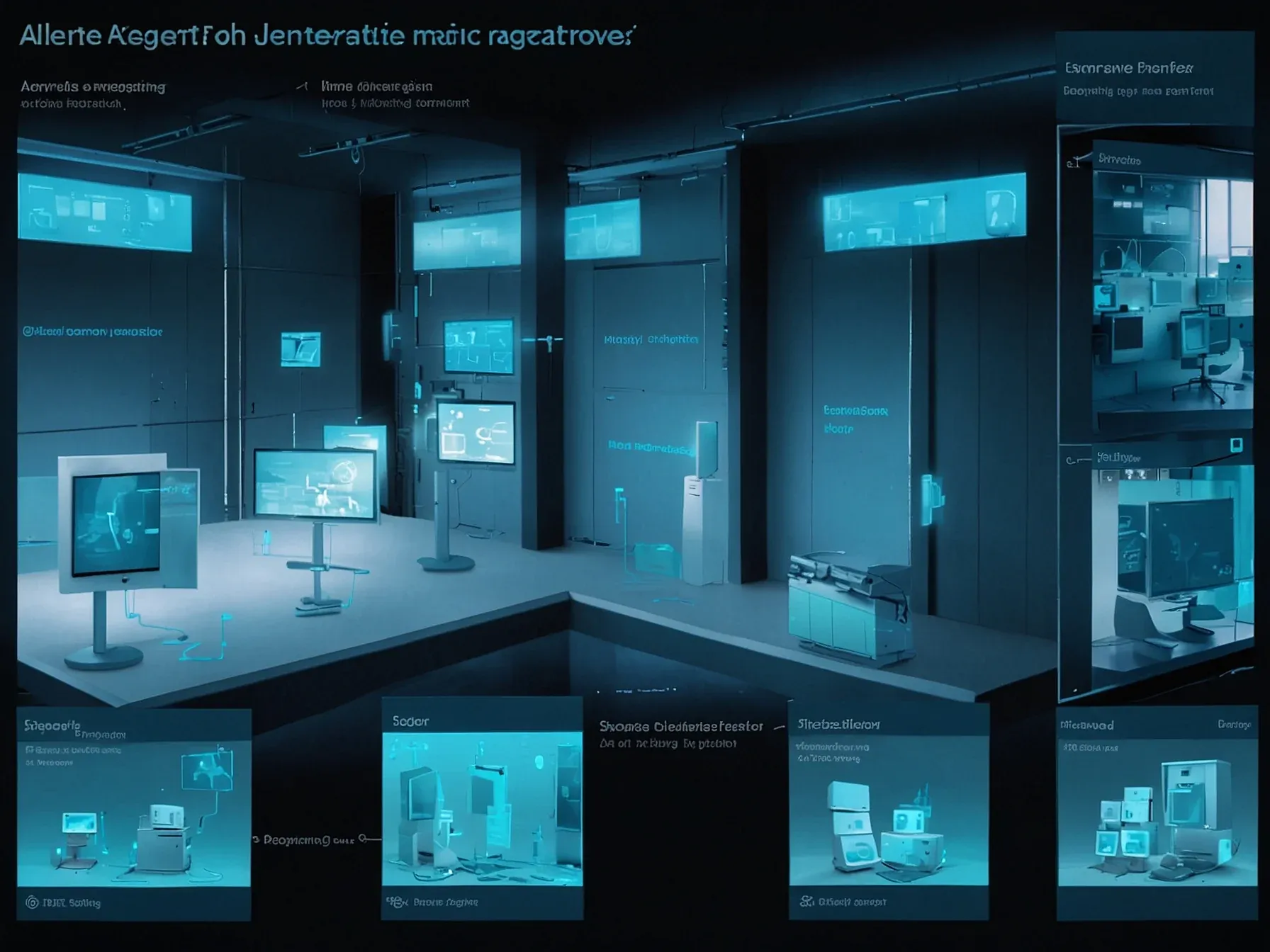
OpenAI and Foxconn to co‑design multiple generations of AI data‑centre racks
OpenAI has teamed up with Foxconn, the Taiwanese contract‑maker best known for assembling consumer electronics, to tackle the hardware that powers its models. The partnership promises to blend OpenAI’s long‑term infrastructure plans with Foxconn’s large‑scale engineering and production expertise. While the tech is impressive, the real question is how the two firms will coordinate design cycles across several rack generations without slowing down either side’s roadmap.
Here’s the thing: building AI data‑centre racks isn’t just about stacking chips; it’s about synchronising supply chains, cooling solutions and power budgets at a pace that matches rapid model releases. The collaboration could give OpenAI a more predictable hardware pipeline, and give Foxconn a foothold in a market that’s traditionally dominated by a handful of specialized vendors. It’s a move that signals more than a one‑off deal—it hints at a structured, multi‑year effort to align software ambitions with manufacturing realities.
Under the initiative, the two companies will co-design and develop multiple generations of AI data centre racks in parallel, aligning OpenAI's infrastructure roadmap with Foxconn's engineering and manufacturing capabilities. Sam Altman, CEO of OpenAI, said the effort represents a generational opport
Under the initiative, the two companies will co-design and develop multiple generations of AI data centre racks in parallel, aligning OpenAI's infrastructure roadmap with Foxconn's engineering and manufacturing capabilities. Sam Altman, CEO of OpenAI, said the effort represents a generational opportunity to reindustrialise America. "This partnership is a step toward ensuring the core technologies of the AI era are built here.
We believe this work will strengthen US leadership and help ensure the benefits of AI are widely shared," he added. As part of the collaboration, both sides will work to broaden domestic sourcing, improve rack architecture for US manufacturing, and expand local testing and assembly. The companies said these steps are intended to strengthen the US AI supply chain, speed deployment, and improve reliability.
Foxconn will also manufacture key components for AI data centres in the US, including cabling, networking, cooling, and power systems, to support the buildout of high-performance compute infrastructure. "We at Foxconn are thrilled to partner with OpenAI… As the world's largest manufacturer of AI data servers, Foxconn is uniquely positioned to support OpenAI's mission with trusted, scalable infrastructure," said Foxconn chairman Young Liu. Previously, OpenAI announced a multi-year strategic collaboration with Broadcom to co-develop and deploy 10 gigawatts of OpenAI-designed AI accelerators and networking systems, marking a major expansion in OpenAI's infrastructure capabilities.
Under the partnership, OpenAI will design the accelerators and systems, while Broadcom will provide Ethernet and other connectivity solutions for large-scale deployment across OpenAI facilities and partner data centres.
Will this partnership deliver the hardware needed for tomorrow's models? OpenAI and Foxconn have signed a deal to co‑design several generations of AI data‑centre racks, with the aim of matching OpenAI’s infrastructure roadmap to Foxconn’s manufacturing capacity. The agreement, announced on November 20, does not bind either side to purchase; instead, OpenAI will receive early access to evaluate the systems and retain an option to buy.
This structure leaves the scale of any eventual deployment uncertain, and it's unclear whether the early‑access model will translate into long‑term procurement. By working in parallel on multiple rack generations, the firms hope to address the growing demand for physical infrastructure that can support increasingly advanced AI models. Sam Altman described the effort as a generational opportunity, suggesting strategic significance, yet the lack of concrete purchase commitments tempers expectations.
Ultimately, the success of the collaboration will depend on whether the co‑designed hardware meets performance and cost targets that align with OpenAI’s evolving needs.
Further Reading
- OpenAI and Foxconn collaborate to strengthen U.S. AI infrastructure - OpenAI
- OpenAI partners with Foxconn to develop AI data center kit - Data Center Knowledge
- OpenAI partners with Foxconn to optimize data center design - Data Center Dynamics
- OpenAI and Taiwan's Foxconn to partner in AI hardware design and manufacturing in US - Tech Xplore
- OpenAI and Foxconn set out plan to design and build AI data centre hardware in the US - National Technology News
Common Questions Answered
How will OpenAI and Foxconn coordinate design cycles for multiple generations of AI data‑centre racks?
The two firms will co‑design and develop the racks in parallel, aligning OpenAI's long‑term infrastructure roadmap with Foxconn's engineering and manufacturing capabilities. This simultaneous approach is intended to keep both companies' development timelines synchronized without slowing either side's roadmap.
What does Sam Altman say about the partnership’s impact on US leadership and reindustrialisation?
Sam Altman describes the collaboration as a "generational opportunity to reindustrialise America," emphasizing that building core AI technologies domestically will strengthen U.S. leadership in the AI era. He believes the partnership will help ensure critical AI hardware is produced on American soil.
Does the agreement between OpenAI and Foxconn require either party to purchase the co‑designed racks?
No, the deal does not bind either side to a purchase commitment. OpenAI will receive early access to evaluate the systems and retains an option to buy, while Foxconn is not obligated to sell a predetermined volume.
When was the OpenAI‑Foxconn partnership announced and what is its primary goal regarding OpenAI’s infrastructure roadmap?
The partnership was announced on November 20. Its primary goal is to match OpenAI’s infrastructure roadmap to Foxconn’s large‑scale manufacturing capacity by co‑designing several generations of AI data‑centre racks.




